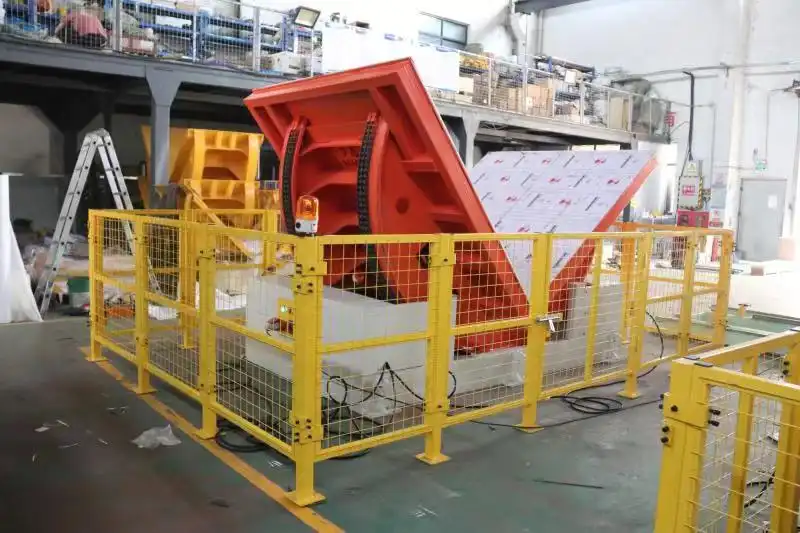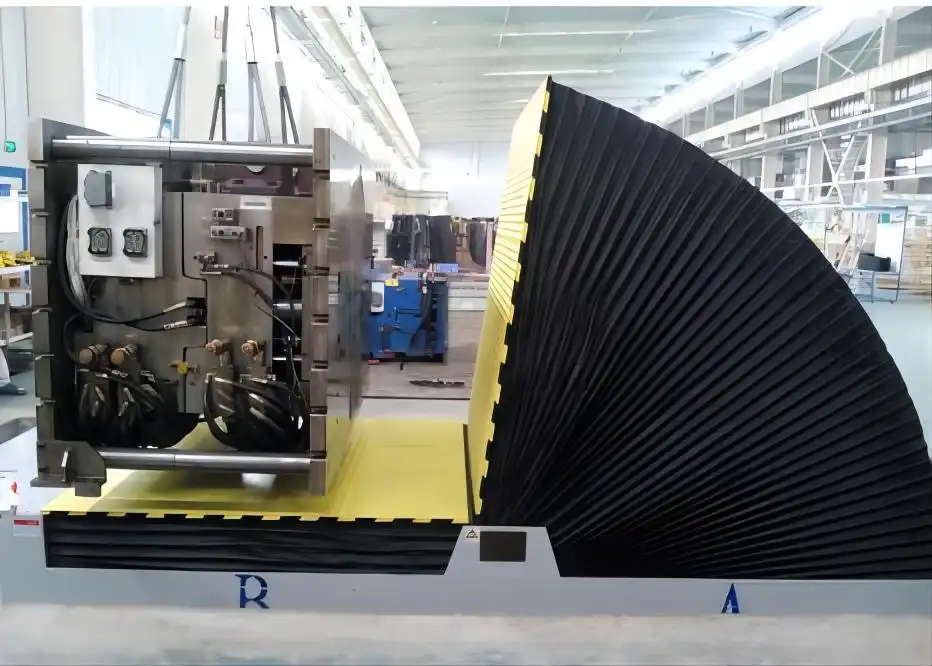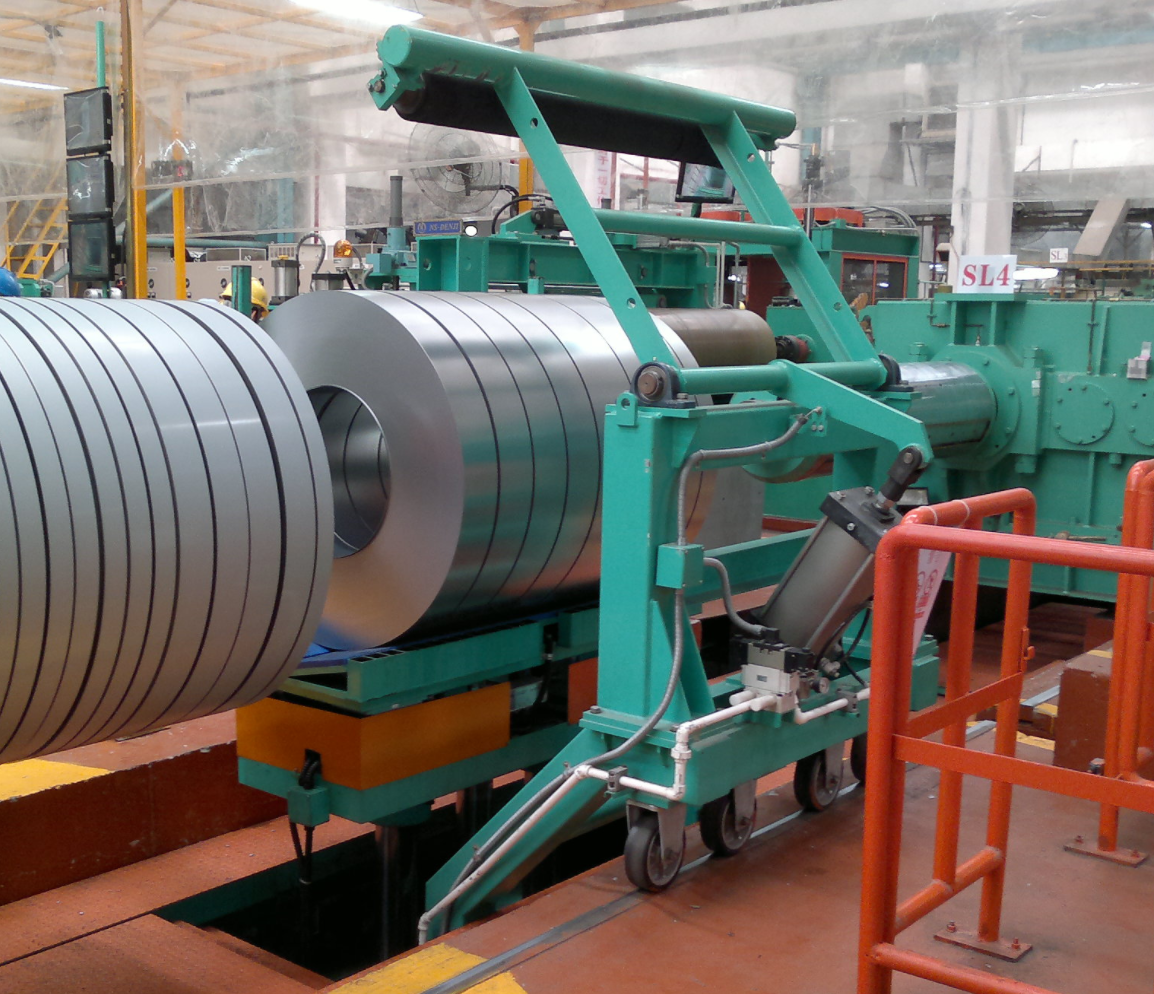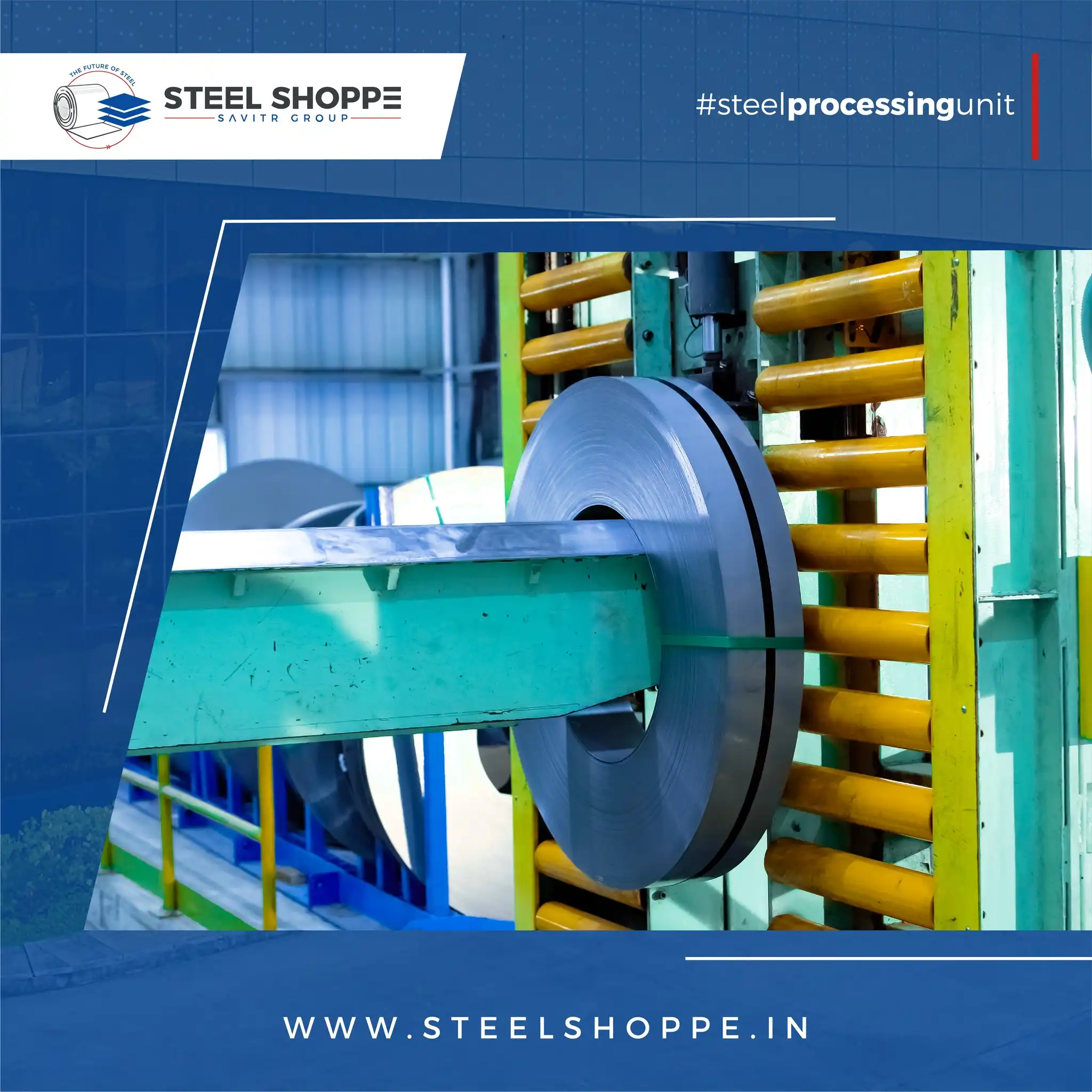Packaging molds can be cumbersome, especially in industries that deal with heavy machinery. It’s imperative to ensure the safe and efficient handling of large and bulky molds. Mold upenders come to the rescue! They provide the critical function of rotating these molds, making the entire process seamless and secure.

Different types of mold upenders are available in the market, each designed to meet specific handling needs. You have hydraulic mold upenders, automatic mold upenders, and manual mold upenders. Hydraulic options are popular for their power and precision, while automatic ones are ideal for high-frequency operations due to their ease of use and efficiency.
The variety of mold handling tools available today reflects broader industry trends. Modern manufacturing demands adaptability and efficiency. Choosing the right equipment can significantly impact both productivity and safety. By understanding the nuances of each type, you can make informed decisions that will streamline your workflow.
What is a Mold Tilter and How Does It Function?
Handling hefty molds has always been a challenge. With a mold tilter, this daunting task transforms, making jobs manageable. The process involves rotating molds with precision, ensuring both safety and efficiency in mold management.
A mold tilter rotates molds to a 90-degree angle, facilitating accessibility and safety. It operates through hydraulic or electric mechanisms, allowing smooth transitions between positions. This reduces manual labor needs, enhancing speed and reliability without compromising on safety.

Understanding the Mechanism: The Inner Workings of Mold Tilters
Mold tilters function primarily by rotating heavy industrial molds from one position to another – usually from vertical to horizontal orientations or vice versa. The primary mechanism involves hydraulic or electric systems that ensure smooth, efficient, and safe operations. When selecting a tilter, understanding its mechanical intricacies can be pivotal.
Hydraulic mold tilters are powered by a hydraulic system, which provides smooth motion and powerful control. This type is ideal for heavy-duty applications due to its robustness and capability to manage heavier loads with ease. On the other hand, electric mold tilters are more suited for operations with a focus on speed and precision. They offer better control over the tilt process and are often used where dynamic and rapid movements are required.
| Type | Mechanism | Best Use Cases |
|---|---|---|
| Hydraulic Tilter | Uses hydraulic systems for powerful, smooth movement | Heavy industrial applications |
| Electric Tilter | Employs electric motor systems for precise control | Rapid, light-to-medium loads |
| Manual Tilter | Operated manually through levers or hand cranks | Low-frequency, lightweight tasks |
From my experience in engineering and project planning, the choice between hydraulic and electric systems usually hinges on specific operational requirements. In high-volume production, electric systems might offer the needed speed and precision. However, for industries dealing with exceptionally heavy molds, hydraulic systems can be more reliable and durable.
Whatever the case, it’s clear that mold tilters are indispensable in ensuring safe and efficient mold handling. This technology represents a step forward in automation and safety, bringing peace of mind to workers and managers alike. With careful consideration, these machines can greatly enhance operational efficiency.
2. How Do 90 Degree Turning Mold Upenders Enhance Production Efficiency?
In the fast-paced world of manufacturing, every second saved can significantly impact the bottom line. Mold 90 degree turning upenders offer revolutionary solutions to streamline operations, mitigate downtime, and reduce manual labor. Their ability to maneuver heavy molds with precision and speed makes them an invaluable tool in modern production facilities.
Mold 90 degree turning upenders revolutionize production by seamlessly rotating heavy molds, minimizing manual intervention and significantly reducing time spent on each task. These machines ensure precise handling and positioning, improving safety and boosting overall productivity within the manufacturing process.

Exploring the Mechanics: How Mold 90 Degree Turning Upenders Work
At the heart of any efficient production line is the capability to handle materials quickly and safely. Mold 90 degree turning upenders serve this function by allowing heavy molds to be rotated with ease. Typically, the machine incorporates powerful hydraulic systems that exert consistent force to achieve a smooth 90-degree rotation. This reduces the need for manual handling, which not only saves time but also enhances workplace safety by minimizing the risk of injury.
From my experience, I’ve seen how these upenders can transform a manufacturing process. Once, during a visit to a colleague’s factory, I watched a team struggle to manually turn a mold, risking safety and efficiency. When they finally implemented a 90 degree turning upender, they witnessed a dramatic increase in productivity and safety. Automated systems like these allow workers to focus on more skilled tasks, leaving the heavy lifting to the machines.
| Feature | Manual Process | With Upender |
|---|---|---|
| Time Efficiency | Low | High |
| Safety | Risky | Safe |
| Labor Cost | High | Low |
Mold 90 degree turning upenders not only provide an ergonomic boost but also reduce overhead costs. By cutting down manual labor requirements, manufacturers can redirect their workforce to other essential tasks, effectively streamlining operations and delivering consistent quality output.
3. What Are the Benefits of Hydraulic Mold Upenders?
Efficient mold handling is critical in manufacturing, where every inefficiency adds to production costs. Hydraulic mold upenders bring about a revolution in mold handling, making them particularly attractive for manufacturers facing tight schedules. These machines relieve the burden of manual intervention, offering precision handling capabilities that enhance efficiency.
Hydraulic mold upenders enhance productivity by offering smooth, precise handling of heavy molds, thereby minimizing manual involvement and the associated risks. Skilled engineering allows these machines to execute flawless 180-degree turns, ensuring molds are positioned accurately and safely, significantly boosting operational efficiency.

The Technical Advantage: Hydraulic Systems in Mold Upenders
Understanding how hydraulic mold upenders work helps to appreciate their benefits. Hydraulic systems employ fluid pressure to achieve motion, ensuring steady and controlled mold handling. This precision is crucial, especially when dealing with large, cumbersome molds that need exact positioning.
Throughout my career, I’ve observed hydraulic mold upenders revolutionize handling processes. The use of hydraulic systems provides unmatched control, enabling precise rotations and reducing wear and tear on molds. Additionally, these systems often come equipped with advanced safety features, such as overload protection and emergency stop functions, which are critical for ensuring the safety of personnel and materials.
| Feature | Hydraulic | Manual |
|---|---|---|
| Precision | High | Low |
| Safety | Enhanced | Basic |
| Cost-Efficiency | Optimal | Variable |
Hydraulic mold upenders represent a significant leap forward in molding technology. They optimize manufacturing operations by reducing manual involvement, enhancing safety, and promoting precision. Investing in hydraulic upenders is an intelligent choice for those seeking to elevate their production to new heights of efficiency and reliability.
Conclusion
In conclusion, understanding the different types of mold upenders is crucial for optimizing your manufacturing processes. Whether it’s mold tilters, 90 degree turning upenders, or hydraulic systems, each type offers unique benefits tailored to specific production needs. Selecting the right upender ensures efficiency, quality, and reliability in your molding operations.









